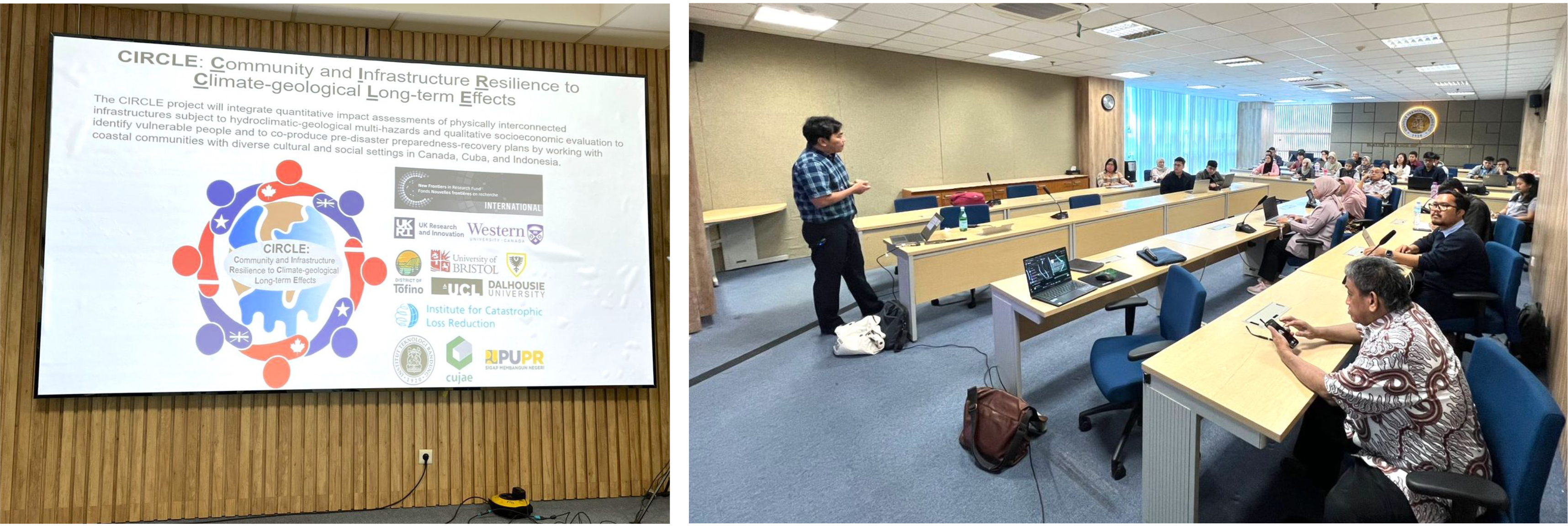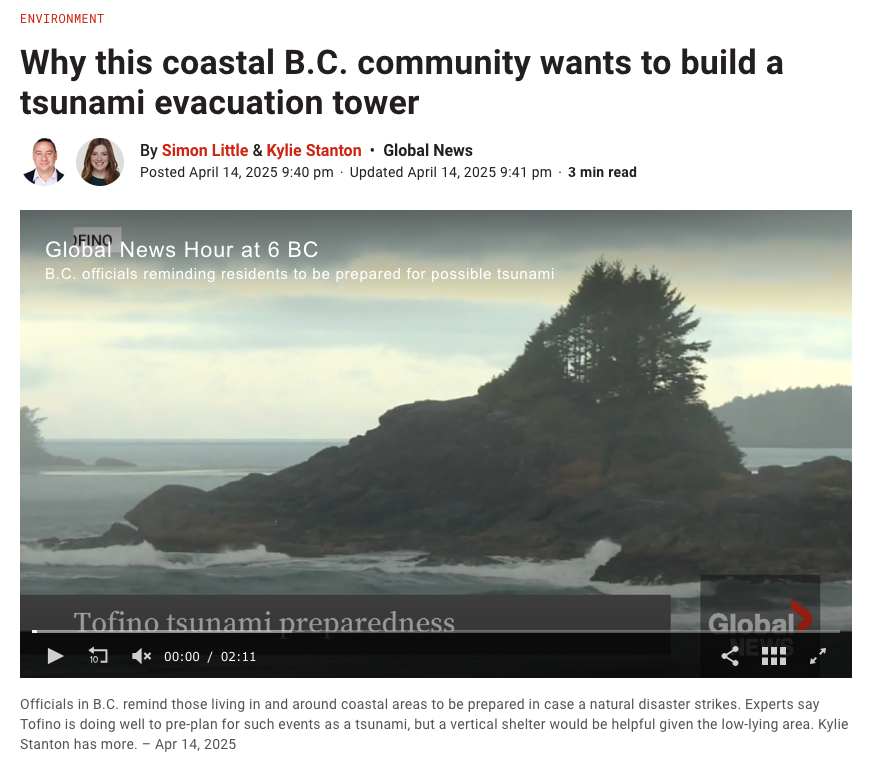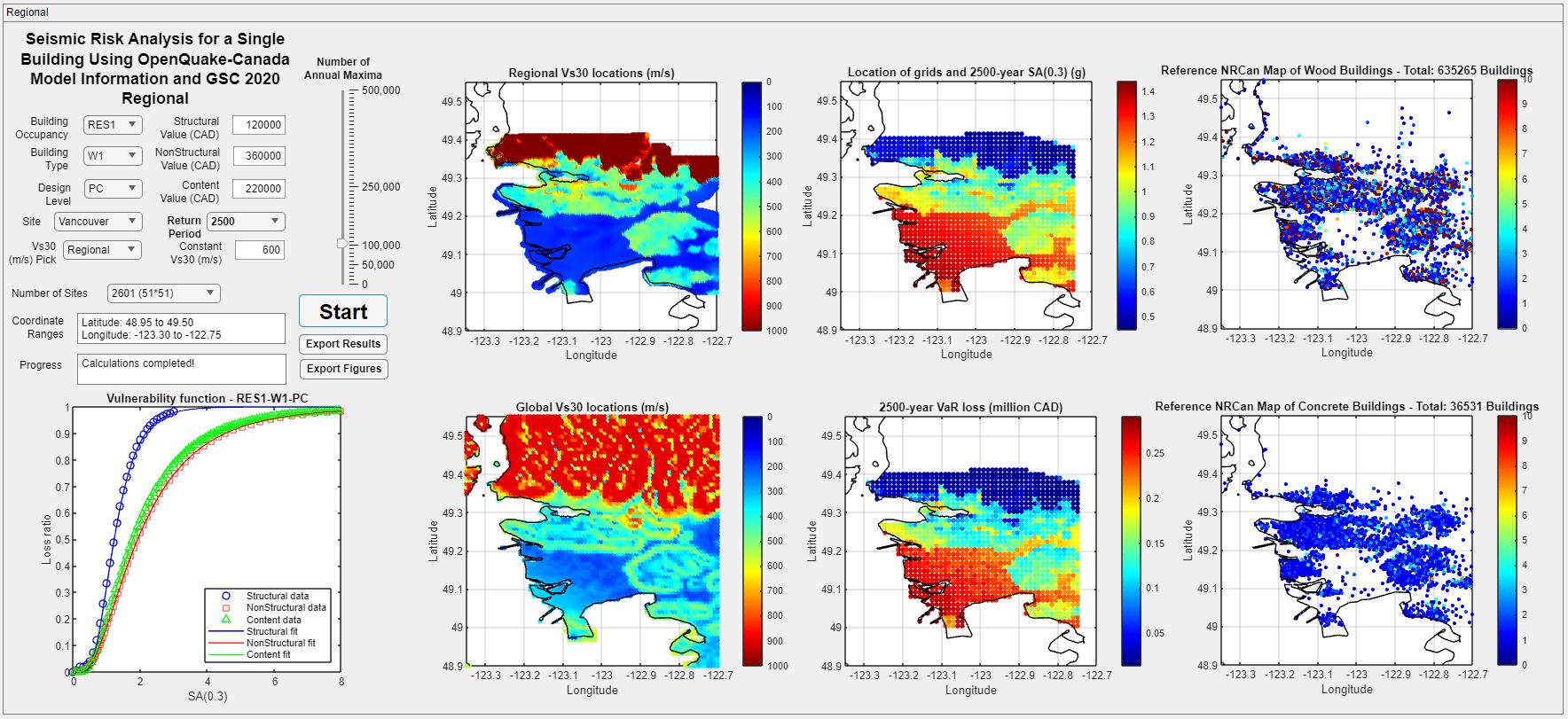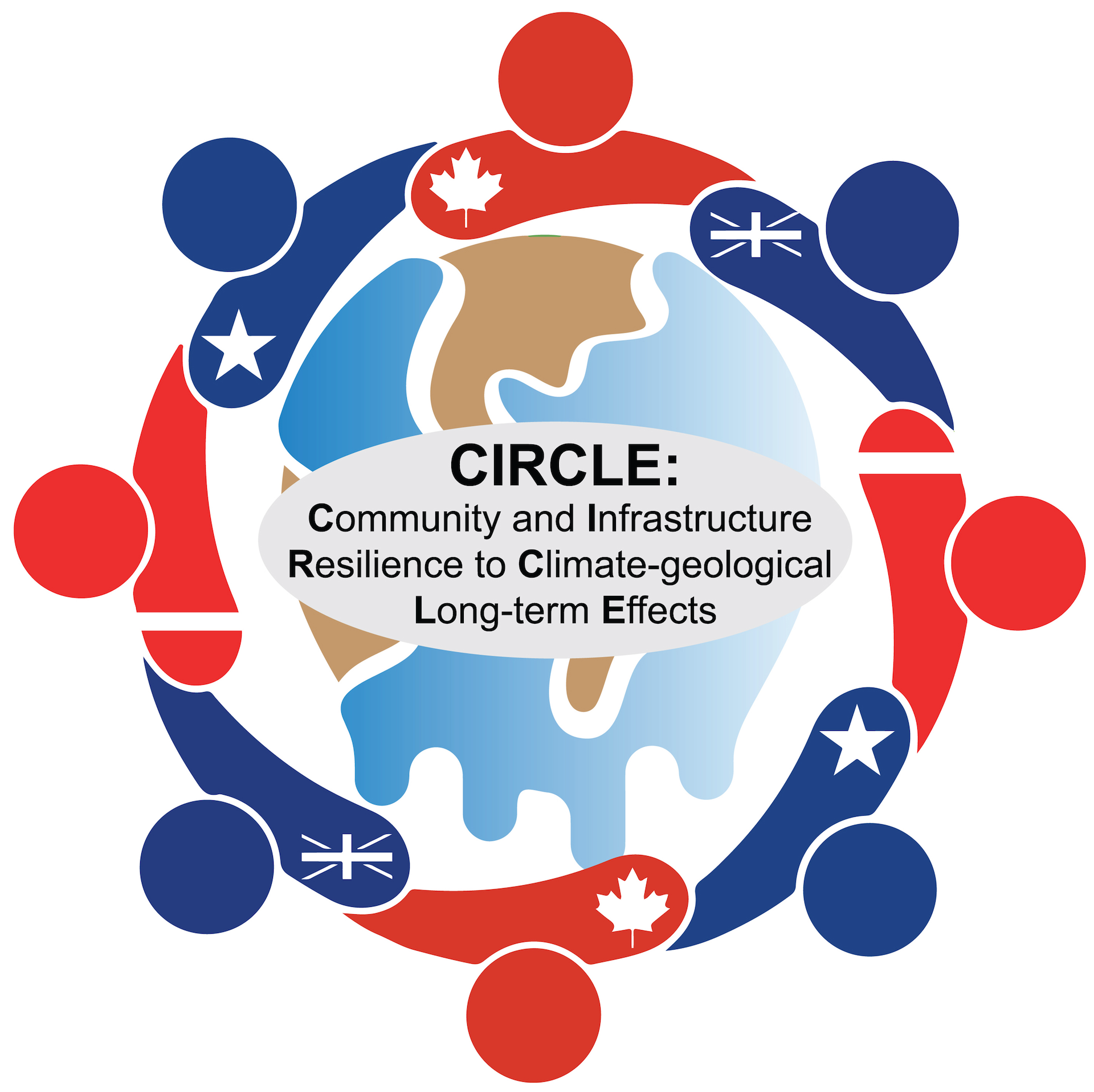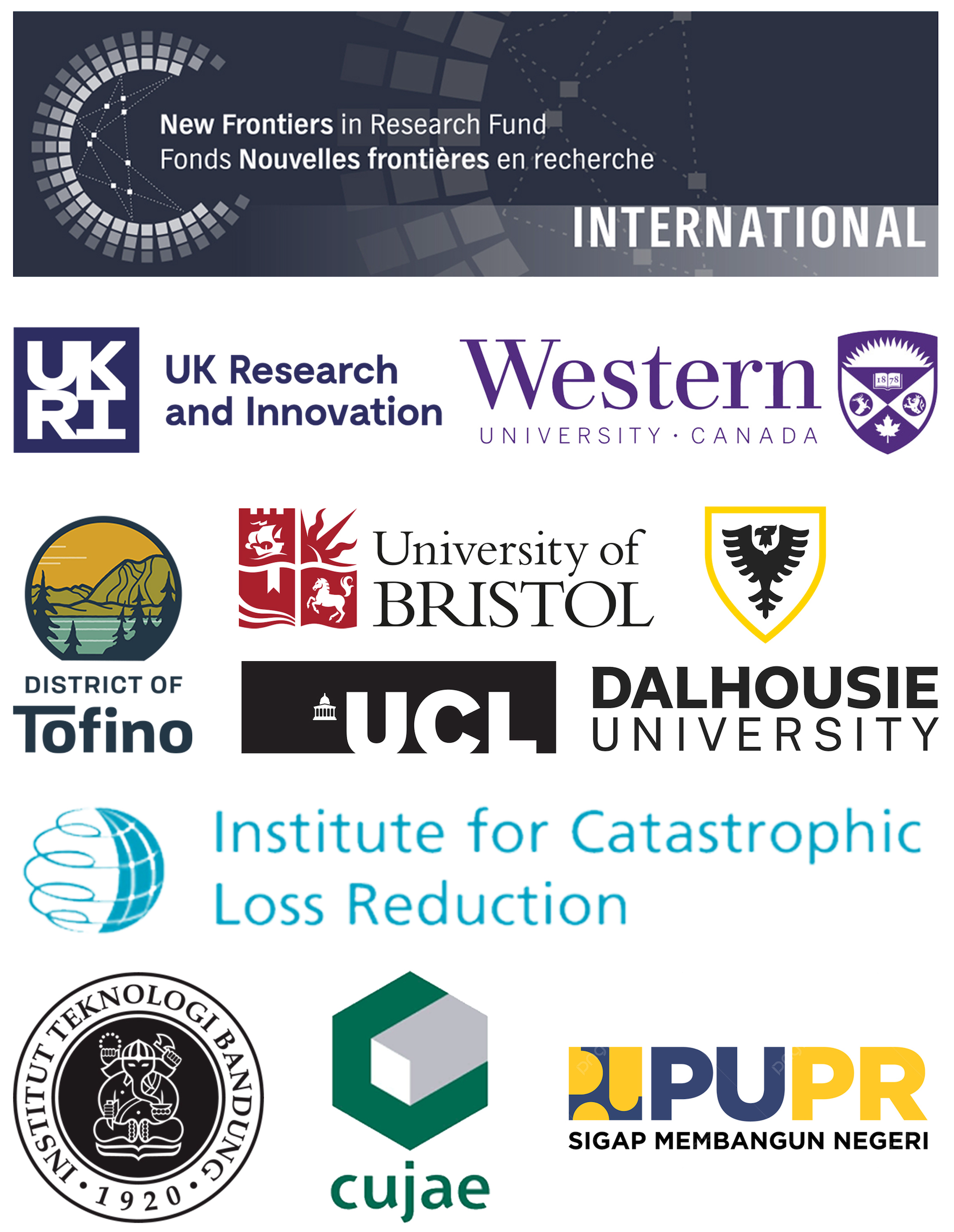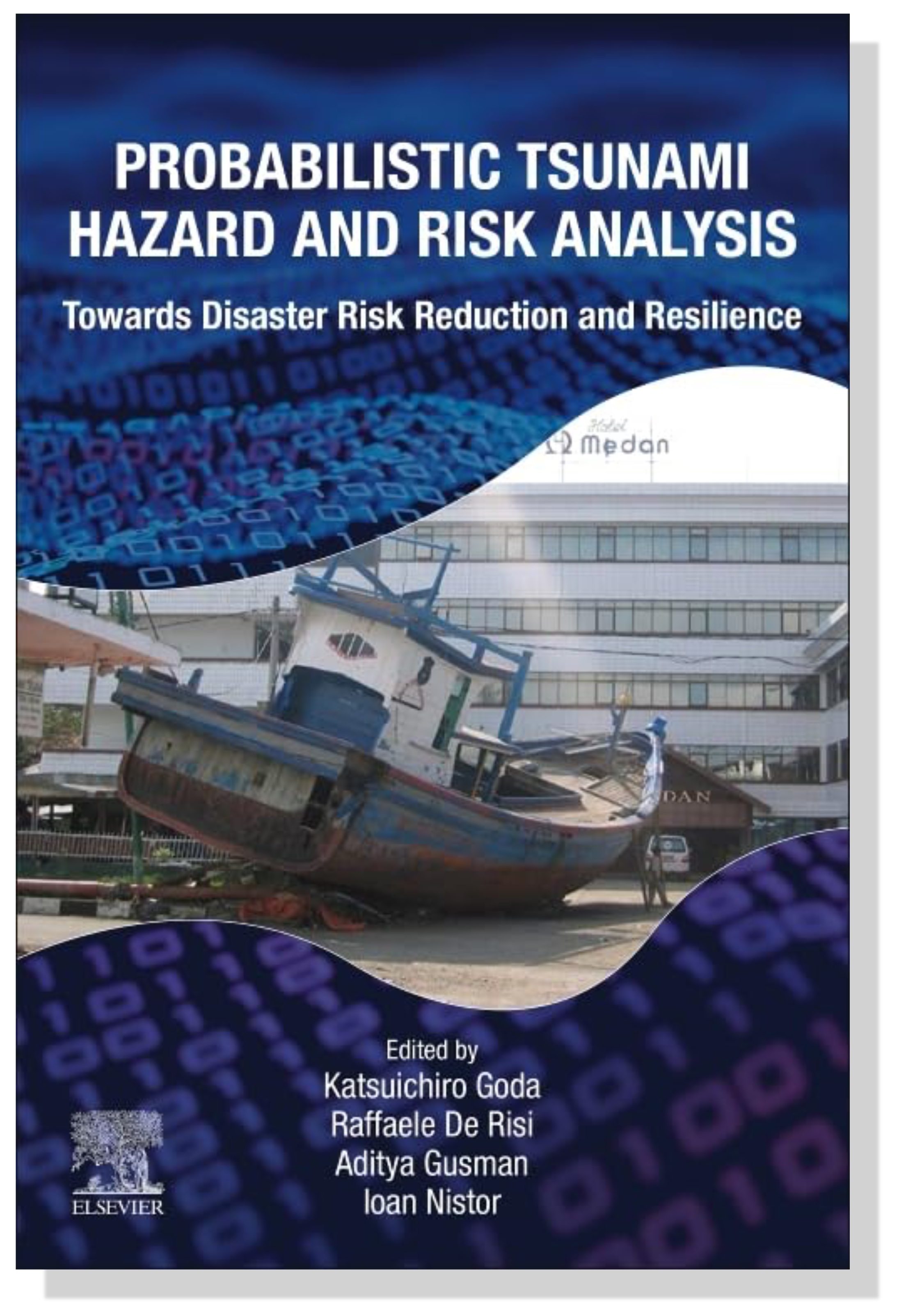Latest from CMRR:
Disaster Preparedness
The Guardian reports that Tofino, a popular surf town on British Columbia’s Vancouver Island, is intensively preparing for a possible major tsunami linked to the region’s tectonic plate boundary.
Workshop Series
Grateful to all our speakers, participants, and partners for making the 2025 CSSL-CMRR-WindEEE Multi-hazard Risk and Resilience Workshop an inspiring and productive event!
Workshop recording is now available to watch online.
Thanks to all our speakers, participants, and partners for making the Tofino workshop such a memorable and productive experience!
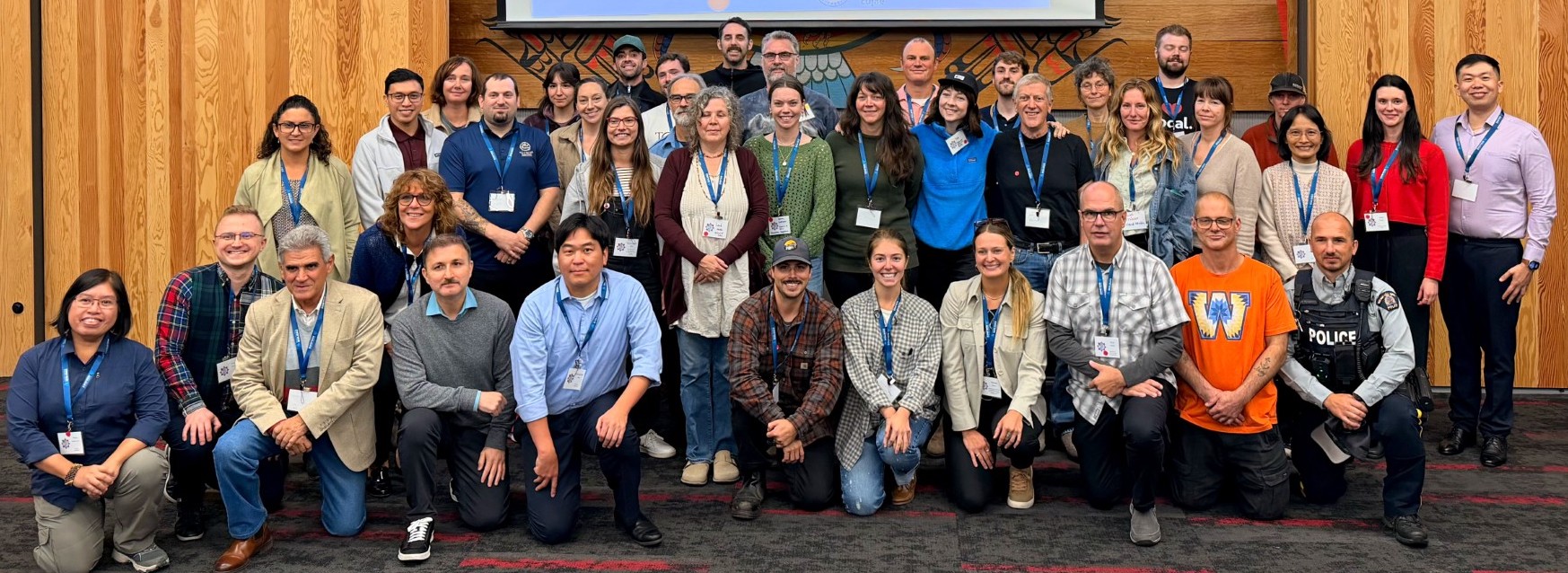
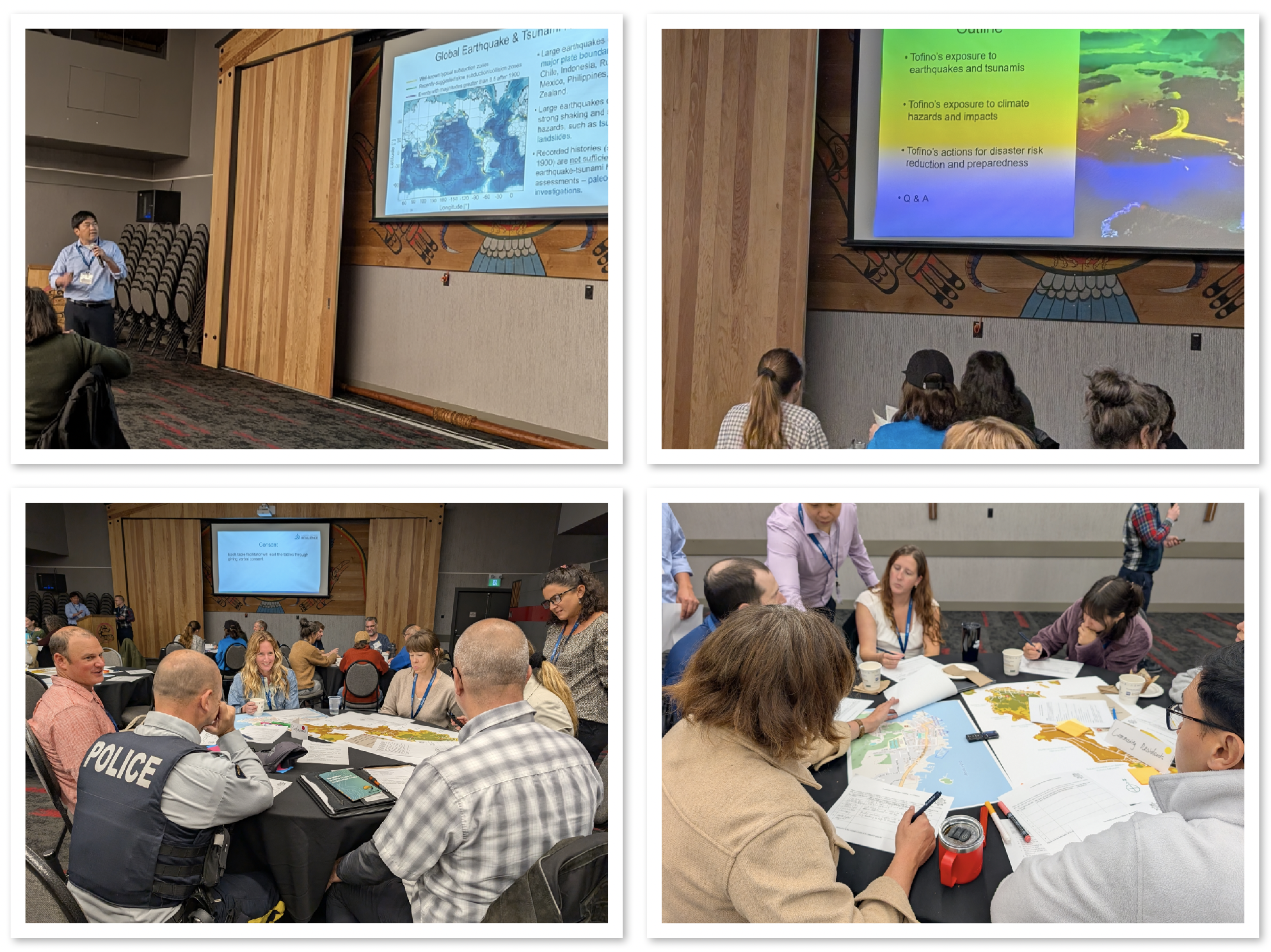
Thank you for joining us! TOFINO WORKSHOP summary and highlights NOW ONLINE!
A Visit and Lecture at Bandung Institute of Technology (ITB: Institut Teknologi Bandung)
Earlier this month, Dr. Katsuichiro Goda of Western University, lead of the CIRCLE Project, visited ITB in Indonesia as part of an international collaboration with partners from Indonesia, Canada, and Cuba. He gave a guest lecture to students and faculty from Civil Engineering and Actuarial Science, sparking meaningful academic exchange and dialogue.
Bali Workshop
The Bali workshop was successfully conducted, bringing together participants for an engaging and productive learning experience.
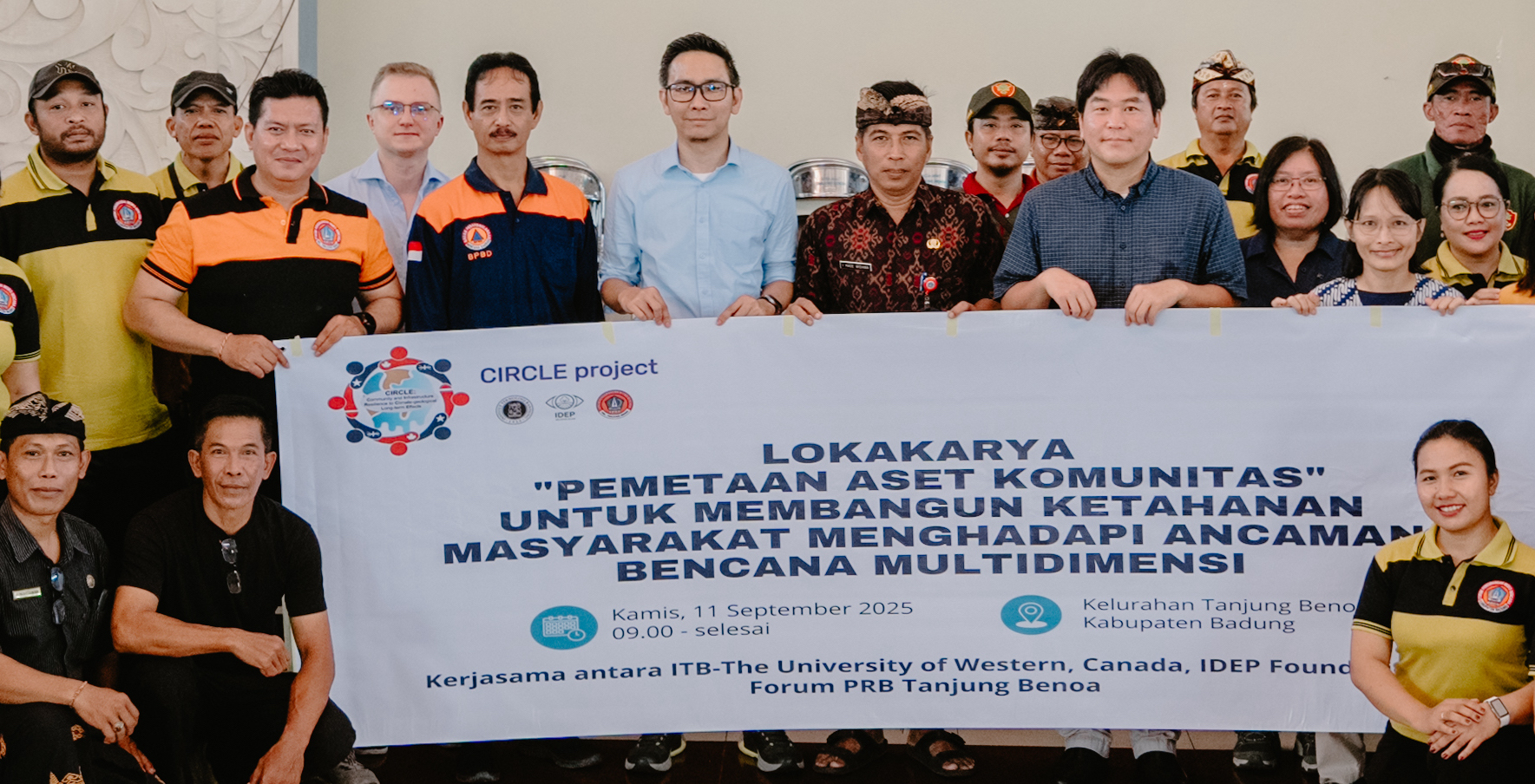
Key insights and highlights from the Bali Workshop Now Online!
Dr. Goda Back in the News!
Western University recently highlighted Dr. Goda's research on tsunami early warning.
This news has been picked up by other media as well on checknews.ca and preventionweb.net
Welcoming International Student Visitors to Western University
We are pleased to welcome international student visitors to Western as part of an ongoing CIRCLE project collaboration. These students have joined us from Universidad Tecnológica de La Habana (CUJAE) to participate in academic and research activities on our campus.
During their visit, they will be based in the Department of Engineering. Their presence reflects CIRCLE project commitment to supporting global partnerships and providing meaningful opportunities for academic exchange.
We are excited to have them with us and look forward to the valuable contributions they will bring to the project and our academic community.

All the Highlights in One Place – Playa Cajío Workshop Summary Now Online!
Join the CIRCLE Project’s 2025 Global Workshop Series as we bring together communities and researchers in three inspiring locations: Playa Cajío (Cuba), Bali (Indonesia), and Tofino (Canada)! Playa Cajío Was Just the Beginning – Stay Tuned for the Next in the Series!
Tofino Stands Out for Tsunami Preparedness Despite High Risk
According to Earth sciences professor Katsuichiro Goda, Tofino faces a higher tsunami risk than many areas along B.C.'s coast, yet it demonstrates exceptional preparedness for a community of its size.
Link interviews:
New PublicationS
Risk-based multi-hazard microzonation for earthquakes and tsunamis
Abstract
A multi-hazard spatial mapping for shaking and tsunami risks is necessary for coastal communities that face imminent dangers from megathrust subduction earthquakes. Conventional single-hazard (seismic or tsunami) mapping methods are not effective in addressing this research gap because the individual hazard effects cannot be combined directly. This study presents a new risk-based multi-hazard microzonation method, which displays relative risks of a representative building asset due to earthquakes and tsunamis within a local community and applies it to the District of Tofino in British Columbia, Canada, which is located in the Cascadia subduction zone. A recently developed catastrophe model is used to generate a comprehensive set of multi-hazard loss data for Tofino by reflecting two local factors, i.e., site amplification proxy for shaking and high-resolution topography for tsunami. The risk-based multi-hazard microzonation maps capture spatially varying loss contributions from shaking and tsunami hazards at different annual probability of exceedance levels. Different visualization approaches can be considered to facilitate the disaster risk management and risk communications with residents and stakeholders.
Citation: Goda, K., & Catalan, P. A. (2025). Risk-based Multi-hazard Microzonation for Earthquakes and Tsunamis. Frontiers in Earth Science, 13, 1568069. https://doi.org/10.3389/feart.2025.1568069
You can find the article in Frontiers in Earth Science
List of Publications from the CIRCLE Projects Across Various Study Areas
A Dynamic Bayesian Network Approach to Characterize Multi-Hazard Risks and Resilience in Interconnected Critical Infrastructures
Citation: Bakhtiari, S., Najafi, M. R., Goda, K., & Peerhossaini, H. (2025). A Dynamic Bayesian Network Approach to Characterize Multi-Hazard Risks and Resilience in Interconnected Critical Infrastructures. Reliability Engineering & System Safety, 1–18. https://doi.org/10.1016/j.ress.2025.110815
You can find the article in Reliability Engineering & System Safety Journal
List of Publications from the CIRCLE Projects Across Various Study Areas
Effect of Calibration Data on Performance of Tsunami Early Warning Model
Read the Abstract
Citation: Goda, K., Chamatidis, I., & Istrati, D. (2025). Effect of calibration data on performance of tsunami early warning model. Coastal Engineering Journal, 1–18. https://doi.org/10.1080/21664250.2025.2516324
You can find the article in Coastal Engineering Journal OR request via researchgate.net
List of Publications from the CIRCLE Projects Across Various Study Areas
Quick Loss Estimation Tool (QLET) for Seismic Risk Assessment in Canada
A new peer-reviewed article has been published in GeoHazards titled:
“Rapid Computation of Seismic Loss Curves for Canadian Buildings Using Tail Approximation Method”
Authors: Payam Momeni, Katsuichiro Goda, Navid Sirous, and Sheri Molnar
Traditional seismic risk assessments often require specialized expertise and extensive computational time, making probabilistic seismic risk evaluations less accessible to practitioners and decision-makers. To reduce the barriers related to applications of quantitative seismic risk analysis, this paper develops a Quick Loss Estimation Tool (QLET) designed for rapid seismic risk assessment of Canadian buildings.
By approximating the upper tail of a seismic hazard curve using an extreme value distribution and integrating it with building exposure-vulnerability models, the QLET enables efficient computation of seismic loss curves for individual sites. The tool generates seismic loss exceedance probability curves and financial risk metrics based on Monte Carlo simulations, offering customizable risk assessments for various building types.
The QLET also incorporates regional site proxy models based on average shear-wave velocity in the uppermost 30 m to enhance site-specific hazard characterization, addressing key limitations of global site proxy models and enabling risk-based seismic microzonation. The QLET streamlines hazard, exposure, and vulnerability assessments into a user-friendly tool, facilitating regional-scale risk evaluations within practical timeframes, making it particularly applicable to emergency preparedness, urban planning, and insurance analysis.
QLET is freely available as an open-source repository on GitHub, providing both the MATLAB codes and GUI-based application for users and researchers:
https://github.com/pmomeni/QuickLossEstimationTool_QLET
Read the full article:
https://www.mdpi.com/2624-795X/6/2/26
Say Hello to CMRR
Thrilled to announce the establishment of the Centre for Multihazard Risk and Resilience (CMRR) at Western University. #CMRR #WesternUniversity #ResilienceInAction #ClimateChange #InfrastructureResilience #Equity #RiskandResilience #NaturalHazards #DRR #InterdisciplinaryResearch
— Reza Najafi (@RezaNajafi61) September 23, 2023
Program Contacts
Katsuichiro Goda & Reza Najafi
Co-Directors, Centre for Multi-hazard Risk and Resilience (CMRR)
Contact info:
kgoda2@uwo.ca
mnajafi7@uwo.ca
CIRCLE Project
CIRCLE Project: Strengthening community resilience across Canada, Cuba, and Indonesia — learn more.
Textbook on Probabilistic Tsunami Hazard and Risk Analysis Now Published
Dr. Katsuichiro Goda led the editing of the first textbook on 'Probabilistic Tsunami Hazard and Risk Analysis', published by Elsevier. More information can be found on Elsevier website.
This website is maintained by Dr. Nova Roosmawati. For any feedback or suggestions, please contact nroosmaw@uwo.ca






